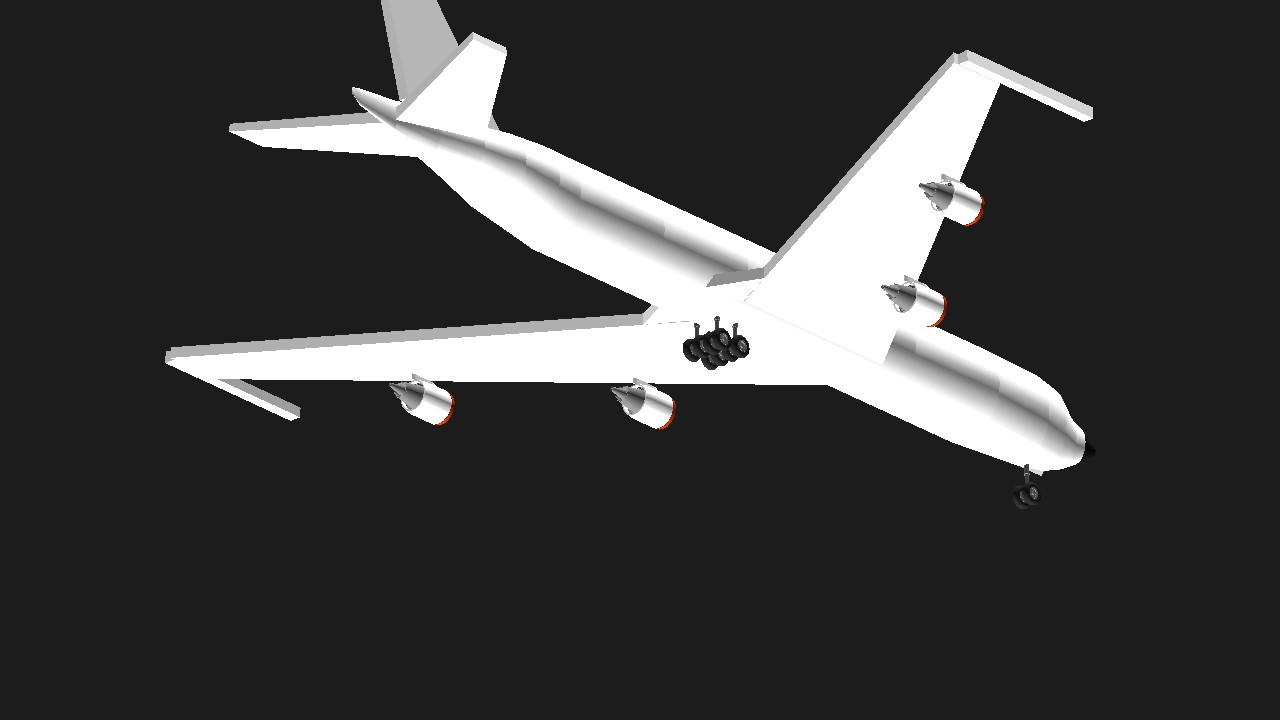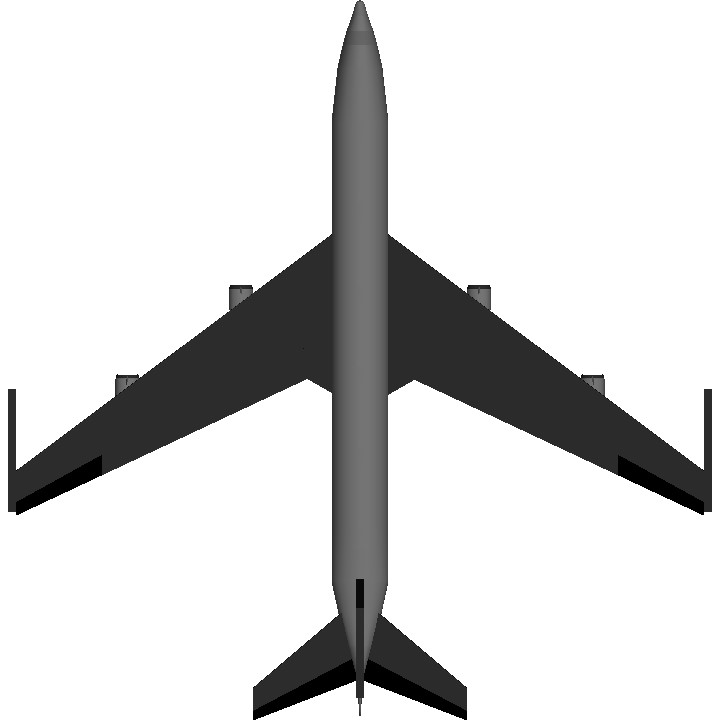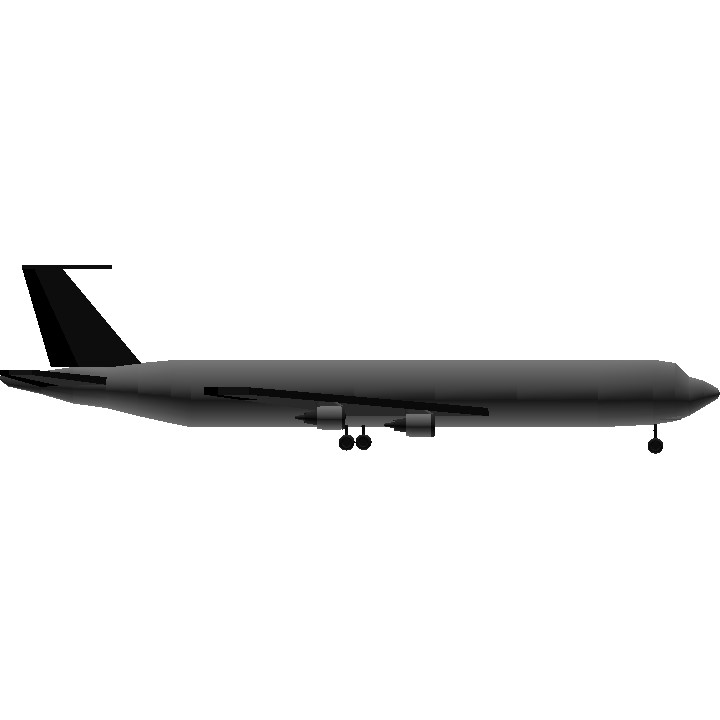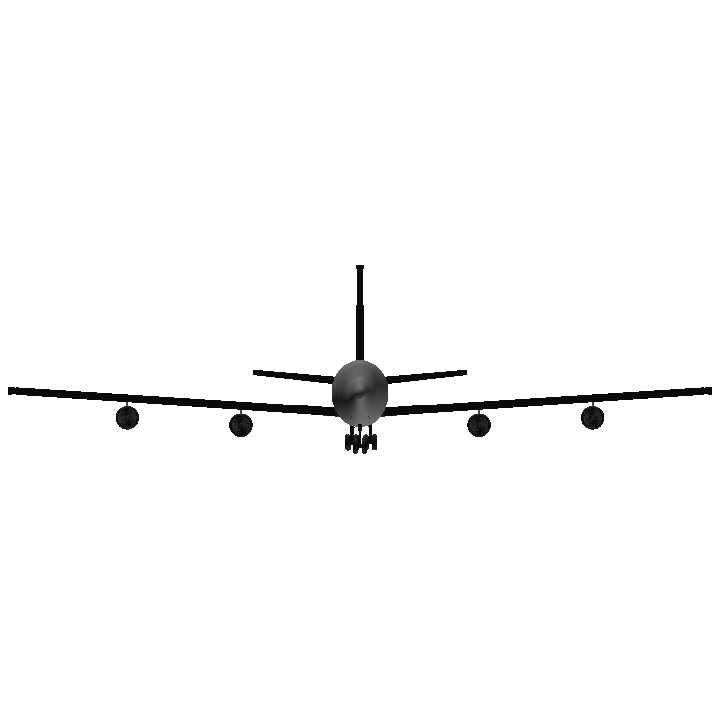The first RC-135 variant, the RC-135A, was ordered in 1962 by the United States Air Force to replace the Boeing RB-50 Superfortress. Originally nine were ordered but this was later reduced to four. Boeing allocated the variant the designation Boeing 739–700 but they were a modified variant of the KC-135A then in production. They used the same Pratt & Whitney J57 turbojet engines as the tanker, but carried cameras in a bay just aft of the nose wheel well where the forward fuel tank was normally located. They had no in-flight refueling system and they were to be used for photographic and surveying tasks. Although the RC-135A was the first designation in the RC-135 family, it was not the first RC-135 in service. That distinction belongs to the RC-135S, which began operational reconnaissance missions in 1961, followed by the RC-135D in 1962.
The next variant ordered was the RC-135B, to be used as an electronic intelligence aircraft to replace the Boeing RB-47H Stratojet, a SIGINT platform. Unlike the earlier variants, the RC-135Bs had Pratt & Whitney TF33 turbofans rather than the older J57s. These ten aircraft were delivered directly to Martin Aircraft beginning in 1965 for installation of their operational electronics suite. By 1967, they emerged as RC-135Cs and all entered service that year. The refueling boom was not fitted and the boom operator station was used as a camera bay for a KA-59 camera. Externally, the aircraft were distinguished by the large “cheek” antenna fairings on the forward fuselage.
The RC-135Bs were the last of the new aircraft built. All further reconnaissance variants that followed were modified aircraft, either from earlier RC-135 variants or from tankers and transports.
In 2005, the RC-135 fleet completed a series of significant airframe, navigation and powerplant upgrades which include re-engining from the TF33 to the CFM International CFM-56 (F108) engines used on the KC-135R and T Stratotanker and upgrade of the flight deck instrumentation and navigation systems to the AMP standard. The AMP standard includes conversion from analog readouts to a digital "glass cockpit" configuration.
Specifications
Spotlights
- Dissent3R 1.7 years ago
General Characteristics
- Successors 1 airplane(s)
- Created On Android
- Wingspan 141.8ft (43.2m)
- Length 145.2ft (44.3m)
- Height 37.9ft (11.5m)
- Empty Weight 54,273lbs (24,618kg)
- Loaded Weight 88,394lbs (40,095kg)
Performance
- Power/Weight Ratio 0.305
- Wing Loading 26.6lbs/ft2 (129.9kg/m2)
- Wing Area 3,322.0ft2 (308.6m2)
- Drag Points 21647
Parts
- Number of Parts 42
- Control Surfaces 5
- Performance Cost 426







Interesting plane
i made the engines weak because the RC-135 will bugging with its wings so i recommended to slow down the plane if reached KIAS 310